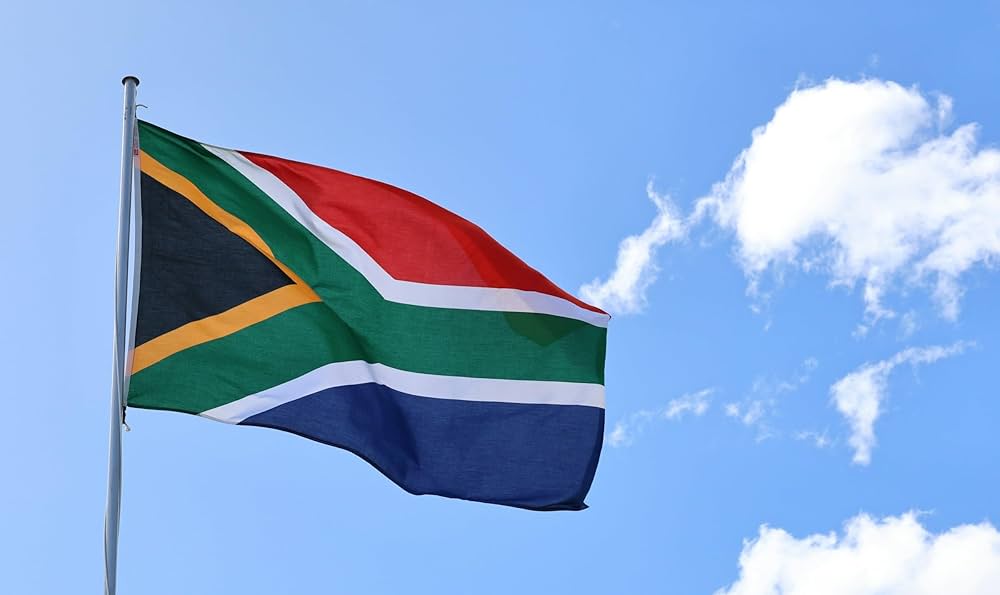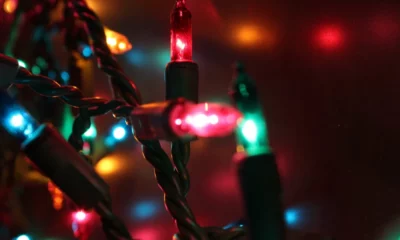Best of Johannesburg
What South Africans Can Learn from 2025’s Misreported Stories

A year of noise: what went wrong with the news in 2025
In 2025, South African newsfeeds were flooded with misleading stories, viral hoaxes, and shallow headlines. It wasn’t always about dramatic fake scandals. More often, it was the everyday erosion of trust as social media, AI-generated content, and quick scrolling replaced investigative journalism. But among the confusion came clarity. The year made it painfully obvious how vulnerable many people are when they do not look beyond the headline.
The fake SASSA grant panic: a textbook case of digital fearmongering
One of the most alarming examples was the wave of false claims about grant recipients needing to re-register or risk losing benefits. According to the national grant-paying agency, neither a double payment nor a requirement to re-register was ever announced. The agency repeatedly urged public caution and reminded beneficiaries to rely only on official channels and to treat social media rumours with scepticism.
This episode exposed how easily panic spreads when fears around money, survival, and social status are involved. It also showed how foreign-run websites and monetised video channels exploit vulnerability, often using automated tools and clickbait-style posts to lure engagement.
AI and deepfakes: truth under threat
2025 also brought a new battleground. AI-generated content and deepfakes escalated at a pace that surprised even digital analysts. The national information regulator warned about how this content undermines media integrity, privacy, and public trust. Synthetic voices, doctored videos, and convincingly false news pieces blurred the line between real journalism and machine-made fiction.
Research showed that even people with deep contextual understanding cannot always spot falsified content, especially when it draws on genuine social anxieties. This technological shift turned casual news consumption into a risky activity for anyone who did not pause to check the source.
Oversimplified headlines and shallow takes on complex issues
Another defining trend was the rise of short-form media. With social platforms becoming the main news distributor for many South Africans, complex issues such as governance, foreign policy, race relations, or economic trends were often reduced to bite-sized soundbites.
International outlets frequently published simplified narratives about South Africa that missed local context or flattened nuance. These stories tend to reinforce stereotypes or heighten tension rather than encourage understanding.
For many readers, this meant seeing only the surface of a story, not the deeper political, social, or historical layers that actually shape the issue.
What South Africans can and should do differently
2025 offered one clear message. If we want to make sense of what is happening around us, we need to approach the media with far more care, curiosity, and critical thinking.
Verify information using trusted sources
Instead of relying on a single post or a video clip, cross-check with established news outlets or official channels. These remain the most reliable environments for verified information.
Be aware of bias and motivation
Influencers, politicians, and unknown content creators often have agendas. Ask who benefits from this story and why it is being amplified. Emotionally charged content deserves extra scrutiny.
Understand the difference between AI content and real journalism
If a video seems too sensational or a claim feels extreme, it may have been created by an algorithm. Look for human bylines, editorial transparency, and evidence-based reporting.
Seek depth over brevity
Headlines and snippets cannot tell the full story. Complex issues need context. That means reading full articles, looking for background, and engaging with multiple perspectives. Investigative journalism still plays a crucial role in giving depth.
Hold media accountable and demand transparency
Support newsrooms and platforms that follow ethical standards. Engage publicly when misinformation spreads, especially when it affects vulnerable communities.
A deeper opportunity hidden in the crisis
Although 2025 revealed how fragile our information ecosystem can be, it also highlighted the value of responsible journalism. The noise got louder, but so did awareness. We can allow automated content, sensationalism, and political theatrics to shape how we see the world, or we can insist on clarity, context, and verified truth.
In choosing the second path, we protect not only factual accuracy. We defend trust, social cohesion, and the dignity of people who rely on truthful reporting, whether they depend on grants, navigate political uncertainty, or simply want to understand their country honestly.
If 2025 was a test for South African media consumers, we can pass it by becoming more informed, more sceptical, and more open to nuance, because real life never fits into a headline.
Also read: Why South African Communities Are Taking Safety Into Their Own Hands in 2025
Follow Joburg ETC on Facebook, Twitter, TikT
For more News in Johannesburg, visit joburgetc.com
Featured Image: Amazon.ae



























